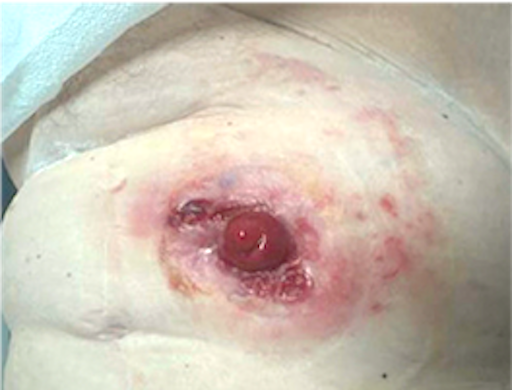Case Report: Peristomal Pyoderma Gangrenosum After Colectomy — A Clinical Reminder for Dermatologists
This JDD Case Report dives into how a 55‑year‑old woman developed rapidly progressive, painful cribriform ulcers with violaceous, undermined borders around a clean ileostomy one year after total colectomy for refractory ulcerative colitis, illustrating that pyoderma gangrenosum (PG) can emerge despite removal of the colon. PG is a rare neutrophilic dermatosis classically linked to inflammatory bowel disease, but its pathogenesis is incompletely understood; colectomy can improve PG in some patients, yet there are notable reports of peristomal PG arising de novo after bowel resection. In this case intralesional triamcinolone was used initially and systemic anti–TNF therapy with adalimumab was added when lesions progressed, producing a rapid and meaningful clinical response.
For the dermatologist, the takeaways are practical and immediate: painful, rapidly enlarging peristomal ulcers with undermined, violaceous edges should prompt consideration of PG even in patients with a prior colectomy, and early dermatologic involvement can alter treatment toward steroid‑sparing immunomodulation. The biologic rationale involves persistent neutrophil recruitment and a proinflammatory cytokine milieu, possible disruption of gut‑skin immune tolerance after removal of gut‑associated lymphoid tissue, post‑operative dysbiosis, and pathergy at ostomy sites. Systemic corticosteroids remain a historical first line, but TNF‑α inhibitors and other targeted agents are increasingly used for refractory or extensive disease.
If you manage stomas or complex peristomal wounds, consider PG early in the differential and review the full case with clinical images and a concise literature review to refine diagnostic clues and evolving management strategies for post‑colectomy peristomal PG.
J Drugs Dermatol. 2025;24(12) doi:10.36849/JDD.9363
Blog write-up assisted by AI







